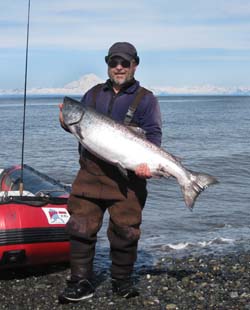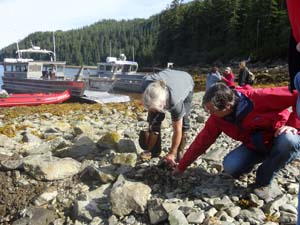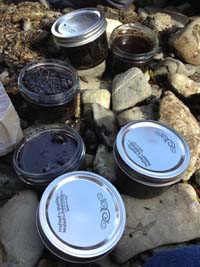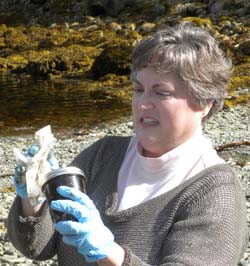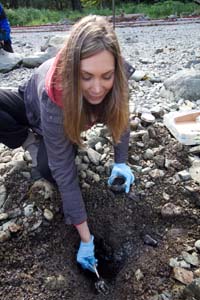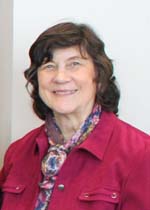
Marilyn Heddell has announced her resignation from the council’s board of directors. Heddell represented Whittier on the board since 1996. Heddell held several positions during her 17 years on the council. She was first elected as member-at-large on the council’s executive committee in 1996. She served as secretary from 1997 to 2001, spent two years serving as vice-president in 2003 and 2004, again elected as secretary from 2004 to 2008, and was elected to the position of treasurer in 2012 and 2013.
Heddell was an active member of the council’s finance committee. This committee helps the board to oversee the council’s financial affairs and ensure a balanced budget each year.
Heddell and her husband, Pete, owned and ran a gift shop in Whittier from 1988 until their recent retirement. Pete is a member of the council’s Port Operations and Vessel Traffic System committee. This summer, they bought a 50 foot Delta yacht and plan to begin exploring the San Juan Islands and Canadian waters.
“Thanks to staff, board, ex-officio and volunteers for the support of this fine organization,” Heddell said in her resignation letter to the board. “It was a tremendous privilege and honor to serve as the Whittier representative on the RCAC board all these years. I will cherish the memories.”
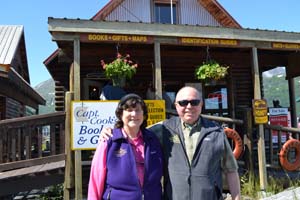
Whittier’s city council has appointed Andrea Korbe to replace Heddell. Korbe will be seated at the council’s meeting in Seward on September 19.
